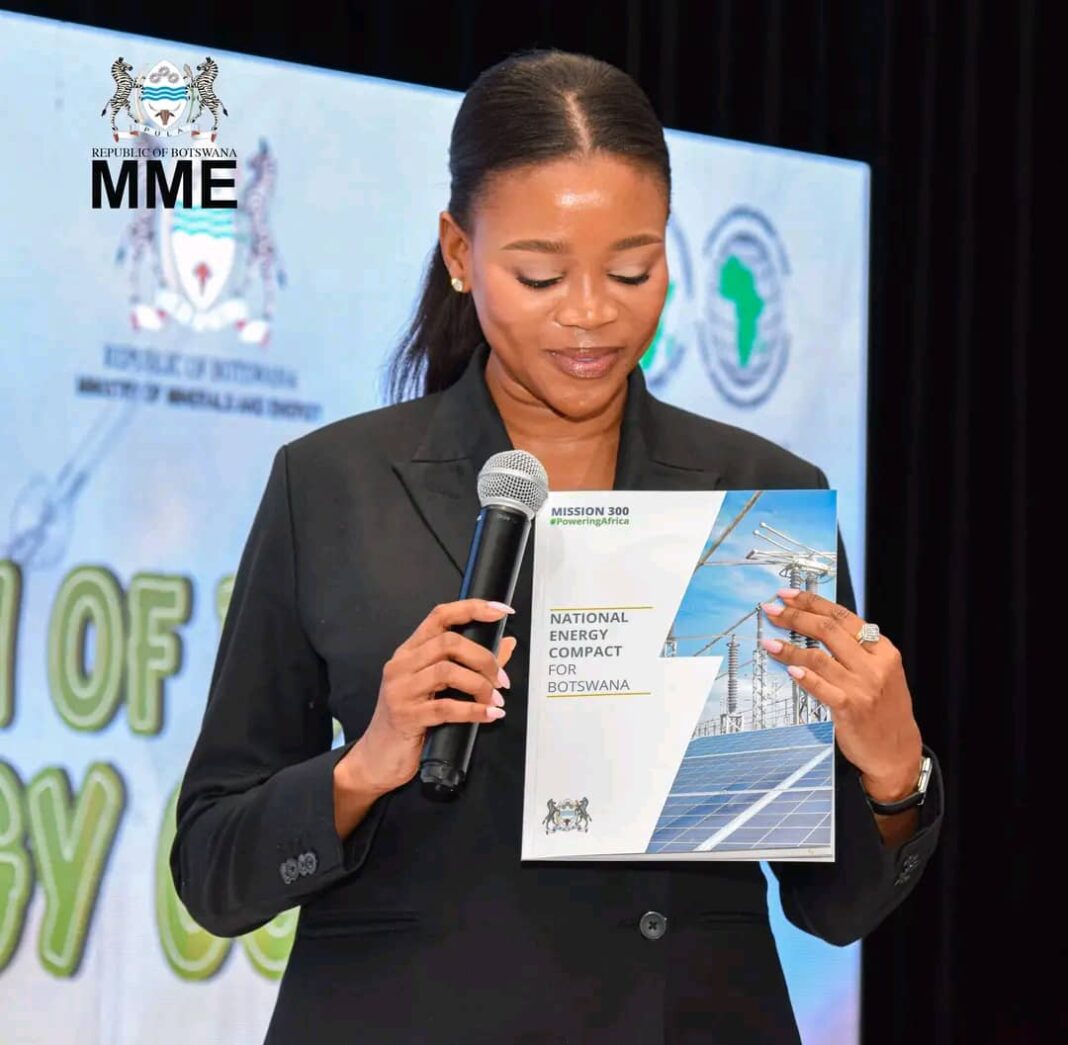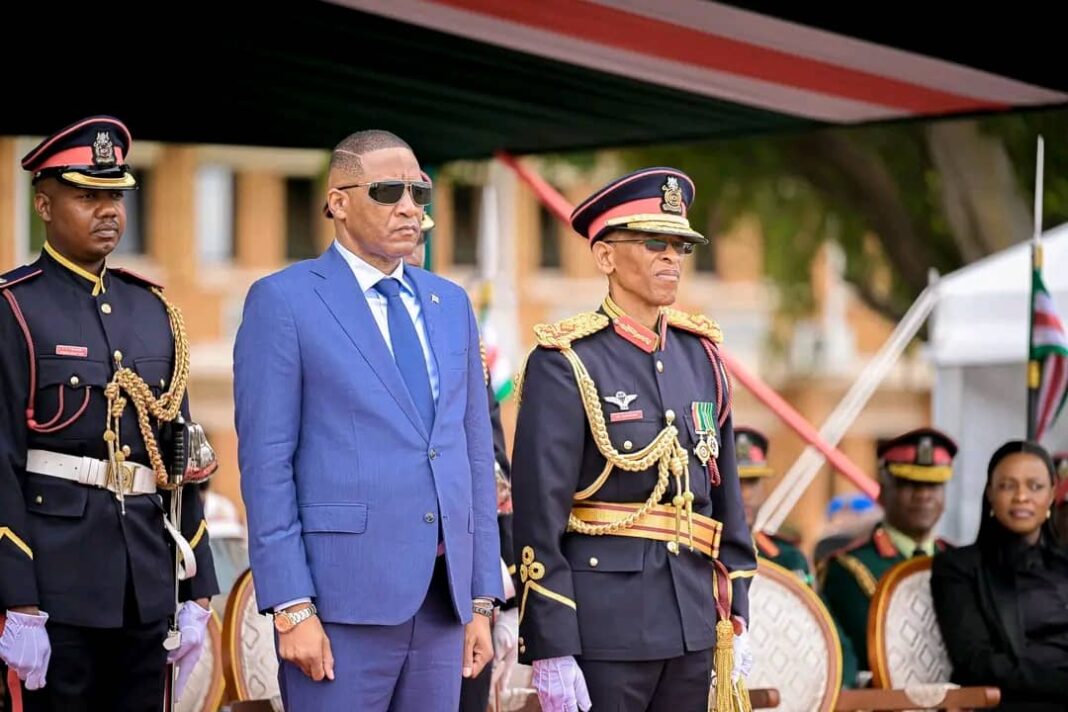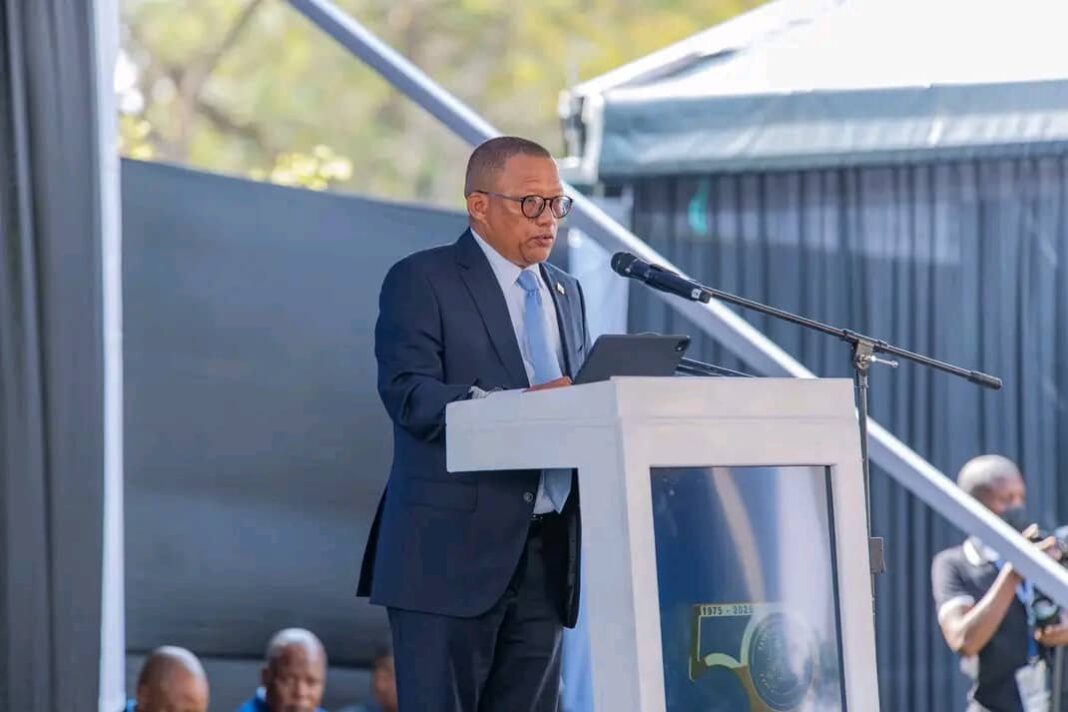The Ministry of Minerals and Energy has unveiled bold strategies for the 12th National Development Plan (NDP 12), signaling a pivotal shift for Botswana’s economy, which has long been heavily reliant on its diamond sector. The presentation, covering the mining and energy sectors, focuses on enhancing economic participation for citizens, developing value chains, and positioning Botswana as a regional leader in both energy and mineral resources.
In the Energy Sector, the overarching goal for NDP 12 is to transform Botswana into a citizen-led energy hub powering Africa by 2036. The sector’s immediate focus is on ensuring electricity supply security and affordability, diversifying the energy mix to thermal and renewable energy production, and improving transmission infrastructure. Notable achievements from the past plan period include an increase in local electricity generation from 755MW to 965MW by both thermal and renewable sources, and a significant jump in Renewable Energy (RE) contribution from 1.3% to 8%. This success is largely attributed to the introduction of the Independent Power Producer (IPPs) programme, which has already contracted 832MW of capacity. Furthermore, national electrification has seen an improvement from 78% to 83% of gazetted villages, with the free connections programme accelerating household connections from 69% to 76%.
Despite these wins, challenges remain, particularly the compromised energy security, with local generation currently covering only 65% of demand and the rest met by expensive imports. The ongoing remediation efforts for the 600MW Morupule B power station are crucial to addressing efficiency issues. Looking ahead, the strategy is aggressive: Botswana aspires to become a Regional Energy Hub through building a massive 4.8GW electricity generation capacity to meet both local and regional demand, targeting a 50% renewable energy contribution by 2030. To secure supply, the country is developing more conventional coal-fired power plants, adding 1375 MW alongside the ongoing remediation of Morupule B, and pursuing 1938 MW of planned RE contribution. In the petroleum sub-sector, there’s an immediate need to increase the national strategic stock cover from a risky 15 days to at least 46 days during NDP 12, with the long-term goal of achieving a 90-day cover through the Tshele hills project by 2030.
Energy Sector Key Performance Indicators (KPIs)
The Energy Sector has set three main outcomes for the plan period: increased employment, increased electricity generation for export, and increased value addition. The number of new jobs in the Energy sector is targeted to increase from a baseline of 15,369 in 2024/25 to 17,066 by 2029/30. For local electricity generation for export, the sector is aiming for 67.7% of energy to be exported by 2029/30, a significant leap from the 0% baseline in 2024/25. Finally, the Energy sector value added growth rate is targeted to reach 6% by 2029/30 from a 0 baseline.
Mining Sector Focus and Achievements
In the Mining Sector, the strategy is focused on diversification, moving away from a mono-commodity dependence on diamonds to build a resilient, innovative, and value-additive industry. The “True North” for mining is a diversified sector that is innovative with extensive beneficiation, value addition and employment creation. Recent successes include the successful commissioning of copper and silver mines in the Kalahari Copper Belt (Khoemacau and Motheo copper mines), and significant improvements in key indices like the Botswana Policy Perception Index (BPMPI) and the Geological Database Index (GDI), which climbed from around 30% to 70%. The government has also established a mineral exploration company to re-energise and diversify mineral exploration and exploitation, focusing on high-demand metals like copper, nickel, manganese, and rare earths.
The main challenges include the fact that Botswana remains largely underexplored, specifically for critical minerals, due to the 70% sand cover in the Kalahari, and a lack of structured financing mechanisms. The NDP 12 strategy is anchored on three pillars: Increasing Mineral Extraction by improving exploration success and doing all laboratory work, including sampling and testing, in-country; Mineral Beneficiation/Value Addition by developing hubs and promoting local content to increase citizen participation; and improving the Ease of Doing Business in the sector through initiatives like the establishment of online web-based application systems. The crucial agreement with De Beers will be fully operationalized, ensuring that diamonds lead to more jewelry manufacturing in-country and more beneficiation products being reserved, cut, and polished at home. This is coupled with an effort to make diamonds and other minerals carbon neutral, a move that will unlock green financing for selected industries.
Mining Sector Key Performance Indicators (KPIs)
The Mining Sector’s targets for the plan period reflect the focus on employment, revenue growth, and diversification away from diamonds. The share of Mining Sector employment to total employment is targeted to increase from a baseline of 1.0% in 2024/25 to 1.4% by 2029/30. The percentage change in mineral revenue is projected for a substantial increase, targeting 15% by 2028/29 and 2029/30 from a baseline revenue of P4.4bn. As for diversification, the non-diamond mining export value as a percentage of total mineral export value is targeted to reach 15% by 2028/29 and 2029/30.



